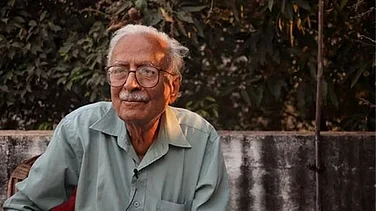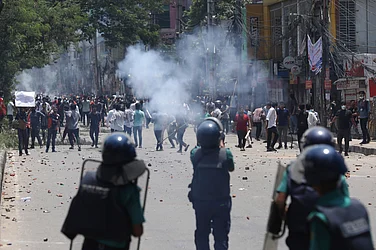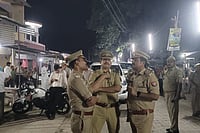In a bid to streamline the process of obtaining a driving licence and improve road safety, the Ministry of Road Transport and Highways has introduced new regulations effective June 1, 2024.
Here's a breakdown of the key points:
Private Driving Tests: Individuals can now take their driving tests at private driving training centres authorised by the government, which will conduct tests and issue certificates for licence eligibility under the supervision of a qualified examiner, aiming to reduce the burden on government RTOs and minimise delays.
Stricter Penalties: The new rules introduce stricter penalties for traffic violations, with fines for driving without a valid licence ranging from Rs 1,000 to Rs 2,000, while minors caught driving will face a hefty fine of Rs 25,000, and their parents or guardians will also face legal action.
Simplified Application Process: The application process has been streamlined, with documentation requirements simplified based on vehicle type (two-wheeler or four-wheeler), reducing the need for physical checkups at RTOs.
Private Driving Schools: Government-approved private driving schools will now be authorised to conduct driving tests, provided they meet specific requirements, including having a minimum amount of land for training (1 acre for two-wheelers, 2 acres for four-wheelers), a suitable testing facility, and qualified trainers with a high school diploma, at least 5 years of experience, and knowledge of IT systems.
Mandatory Training Hours: The new rules mandate a minimum duration for driving lessons, with 29 hours of training required for light motor vehicles (cars, scooters, etc.) over 4 weeks, and 38 hours for heavy motor vehicles (trucks, buses, etc.) over 6 weeks, divided between theory (learning traffic rules) and practical training (behind-the-wheel practice), to ensure drivers are adequately prepared.


























